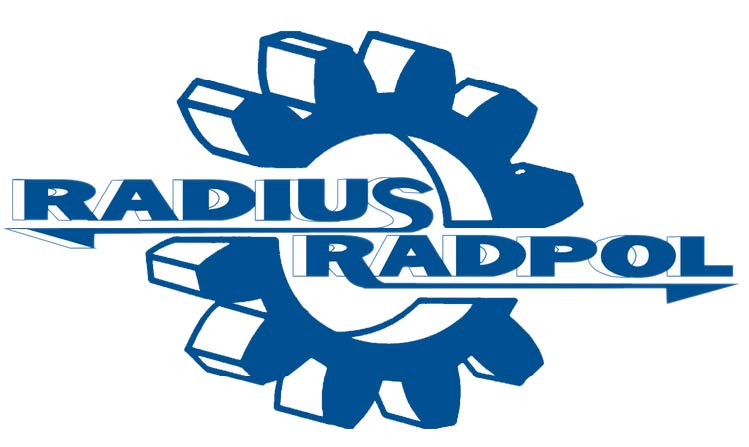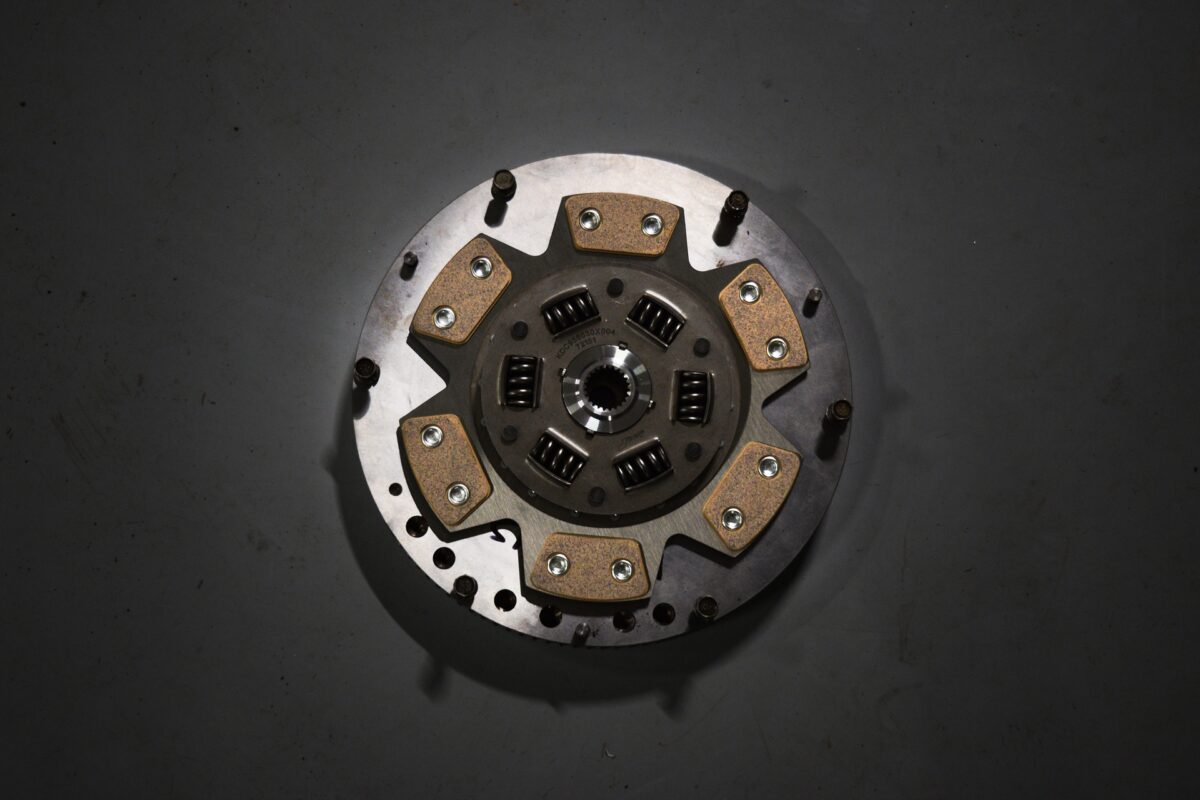Agricultural machinery, production equipment, pumps or aggregates have several types of industrial clutches in their construction. They are located in every place where it is necessary to connect shafts and transfer torque between them. Thanks to the presence of a dog clutch, drive systems can be built from separate components that are connected using this element. It is placed between the drive unit and the driven unit, where the generated power is transferred. This allows power to be given to compressors, pumps or gearboxes. Used in specialist devices overload clutches are designed to protect the motor and other components from overloads, as well as to eliminate vibrations that occur in them, which allows the machine to operate smoothly. When choosing the right type, you should pay attention to several factors. In terms of the principle of operation, it is important whether they are automatic or externally controlled. The choice of this feature may affect how convenient the selected model will be to use. In addition, it is worth paying attention to their construction or the way in which power is transmitted.
Types of industrial clutches
Depending on the type of device, a different type of industrial clutch is installed in it, adapted in its construction and method of operation to the conditions in which it will work. They are divided into many types, such as detachable and non-detachable, in which the way the members are connected is the main difference. They can also have a completely different way of redirecting torque, as in a unidirectional or bidirectional model. There are also forced and slip clutches available on the market, which determine whether the element must work with oil. Additionally, specialist connectors are very popular, with properties necessary for work in specific devices. Friction clutch is characterized by a simple structure that can be adapted to many types of machines. Its modern models run dry, and the selection of appropriate parameters guarantees failure-free operation of the device and effective collection of heat generated during start-up. For this reason, friction clutches are perfect for building machines with a high frequency of switching on, the number of revolutions of which is exceptionally high, as in the case of milling machines, compressors or pressure pumps. They operate on the principle of friction force, but there are devices in which other mechanics will work better. It is necessary to pay attention to several individual factors of the drive system operation in order to choose the right model of the connector.
What components do disc and flexible clutches consist of?
The construction of the various types of industrial clutches is very similar. They consist of two members – the driving and the driven – installed on shafts. They are permanently connected, but in some connectors these parts can perform a small movement. If the difference in rotational speed between the members were to have an impact on the operation of the machine, it occurs in slip models, while in forced ones it is the same. The connector between the members is made of various materials, elastic, flexible or solid, depending on the requirements of the device. Friction disc clutch is additionally equipped with discs, which by pressing generate friction force, enabling the transfer of torque. Flexible models are characterized by a slightly different structure - they have a connecting element made of durable material resistant to high temperatures. It can be barrel-shaped or ring-shaped with fangs. Its main task is to protect the drive system bearings from destruction. Vibrations and impacts generated in the torque are damped precisely by the flexible clutch. In its construction, an important role is also played by a sleeve with internal teeth, as well as elastic steel connectors. The use of this type of connector is intended to extend the life of the device, which is why it is one of the most frequently chosen models.

